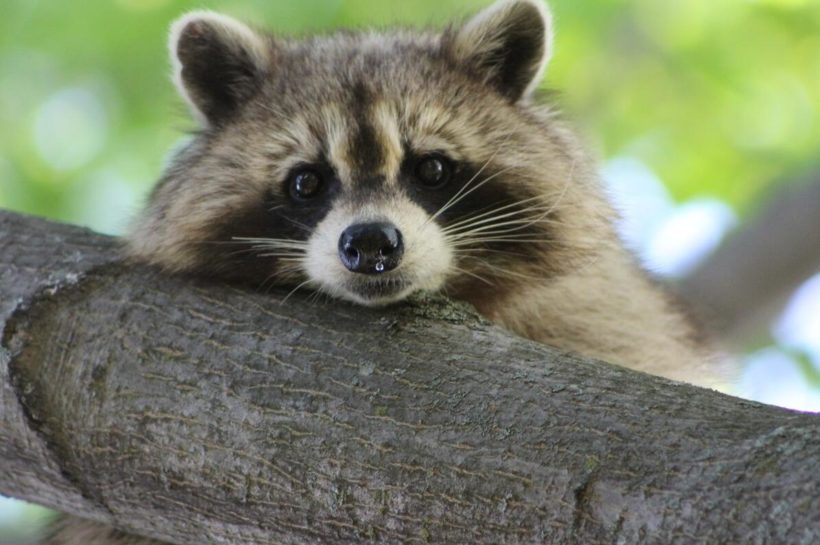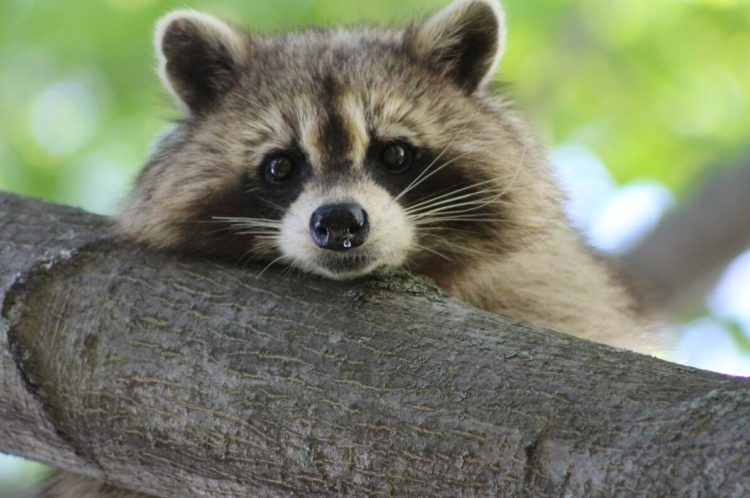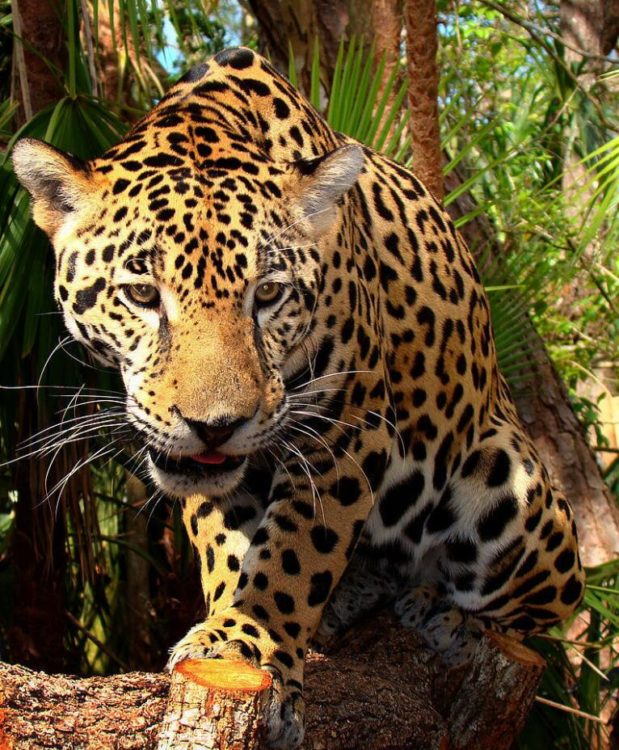Plant life in Colombia
Plant life shows great variety. Up to approx. 1300 masl the vegetation is tropical. The lowlands of the Pacific and the Amazonassetta are covered by rainforest, while the Orinocosletta and much of the Caribbean coastal land have savanna. On the Guajira Peninsula, which is the driest region of the country, there is a vast cactus swamp. Over 1300 meters above sea level. the forest gradually changes character, as the most heat-loving species disappear. In tierra templada, among other things, tree ferns, kinatre, evergreen oak and a variety of orchid species. At an altitude of 3000 meters, where páramo begins, the forest ceases and is replaced by scattered bushes and grassy bushes below the snow limit.
Wildlife in Colombia
Large differences in climate and topography provide rich and varied wildlife in Colombia. Jaguar and ocelot are primarily forest animals, while cougars and goggles are most common in the mountainous regions. The half-bears are represented by nostrils, crabs and snoals. Tapir, peccary and deer are common. The primates ( tamarins, capuchin and roaring monkeys ) occur from the lowlands and up to 2500 m altitude. Sloths, antlersand harnesses are found throughout most of the country.
Colombia has the world’s richest bird fauna with more than 1,700 species, including Tinamues, parrots (50 species), hummingbirds, toucans, ovens and tyrants. The birds of prey include duck, king and turkey condor, harpy eagle and caracara (vulture falcon).
Caymans occur in the rivers; Turtles, snakes and amphibians are numerous.


